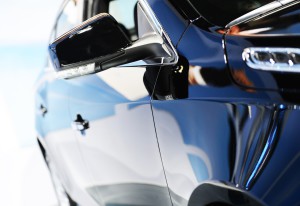I’ve never been a particularly subversive individual (at least after about 6th grade) but occasionally I like to break stupid rules just because they’re stupid. That’s why I technically broke the law today by taking an Uber ride to the airport.
It was amazingly fast, easy and pleasant. The best part was the transparency: I could see clearly where my driver was and when he would arrive to pick me up, which is totally different from my usual experience calling a cab for the airport. They’re usually slow, but the worst part is that you can never tell when they will be there. One time, the cab was so late in getting me that if I had not rounded up a neighbor to take me to the airport I would have missed my flight.
This situation has persisted for long time because the taxi service in Broward County has been a quasi-monopoly sustained by a web of supportive rules promulgated by obliging politicians and bureaucrats. They’ve managed to make Uber an outlaw and the Sheriff’s department is trying to catch and fine any drivers they can catch.
The theory of free market capitalism is that progress is driven by innovation. New entrants find better and cheaper ways of serving a market, and incumbents either match the improvements or give way to a fitter competitor—except when they find it easier and more profitable to strangle the innovation in its cradle by resorting to red tape, regulation, and heavy-handed enforcement. When they force new entrants to play by the rules that they helped write expressly to protect their inefficiency, backed by their incestuous ties to local law enforcement, most innovators can’t compete.
Uber is a different animal. They have deep enough pockets to fight back, vowing to pay the fines of their drivers to give them a fighting chance to show the market how much better their service is. But of course that support will only last if customers show their support. I’m doing my small part by writing this article, but more importantly I am doing it by voting with my dollars.
I would like to say it’s the principle of the thing, but the real reason I’m willing to break a stupid rule is quite frankly commercial. When you can get speed, reliability, courtesy AND a lower price, I say long live the free market!





